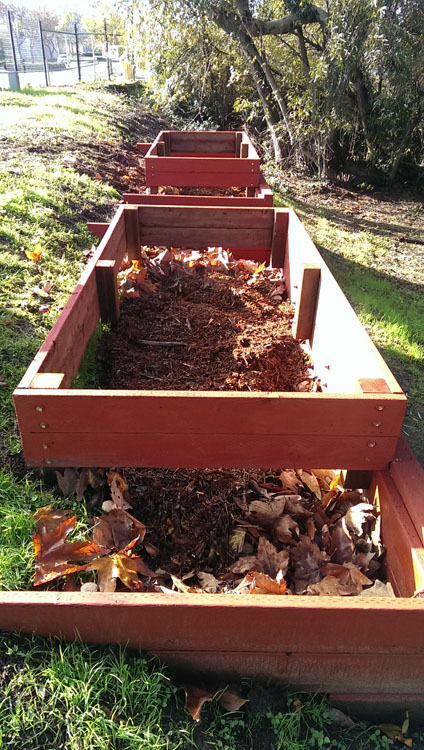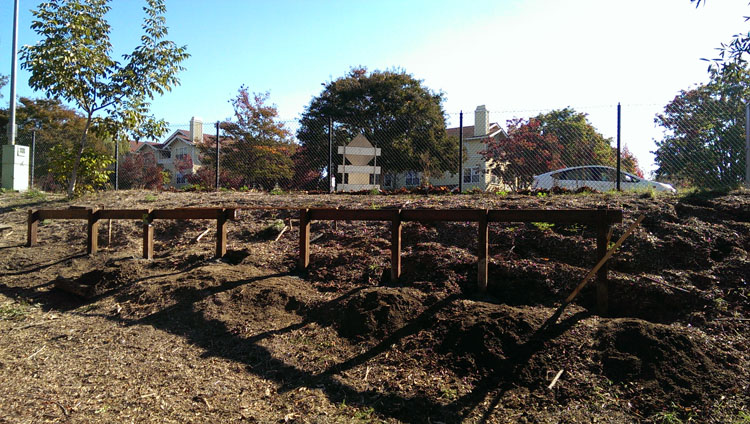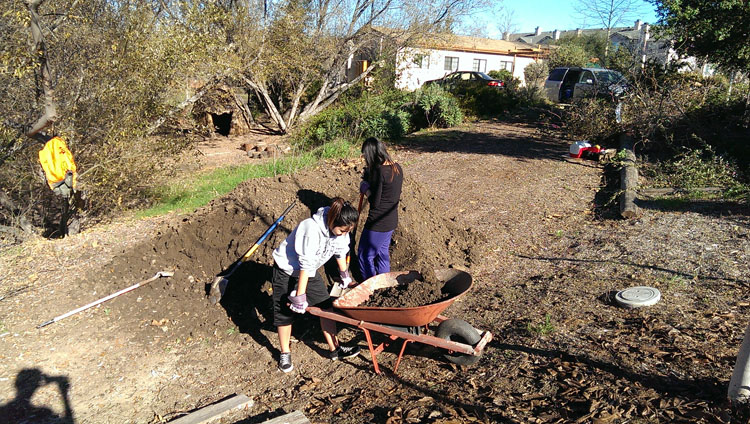|
Designing Flower Boxes to attract Monarch Butterflies at Tule Ponds
Jane
Doan
GOLD AWARD Troop , Fremont |
|
The community issue I have chosen before was the barren area of Tule Ponds and how that area disrupts the ecosystem of the reservation but I've narrowed down the issue to the declining numbers of the monarch butterflies. On a small and local scale, the monarch butterflies are a huge part of Tule Ponds reservation as they pollinate the flora in the area. On a larger scale, these organisms are a major component of the biodiversity of the Earth are indicators of the environment. Without them, the environmental tasks of pollination and pest control would be left unsupervised. If their existence was no longer here, the effects will be rippling; immediate effects would be the pollination and pest control loss which then disrupts the ecosystem and in turn affecting us. In my community issue, the amount of butterflies at Tule Ponds has been declining. This affects the overall ecosystem of the area because without the butterflies, the plants would not have any other organisms to pollinate them, other than bees.
|
|
|
|
building the frame |
filling up the boxes |
To resolve the issue, my project uses the barren area. In place of
the barren area, I built two plant boxes and retaining walls to
support the boxes. The area could not sustain any plant for long
because the slope of the area was too steep. Dr. Blueford said she
could build another habitat for these butterflies was whenever she
tried to plant milkweed ( the butterflies' only food source) the
plants would not hold. To eliminate the problem, I built the boxes
to hold milkweed for the butterflies and the retaining wall to makes
sure the boxes don't slide down. There's also an edge where the
boxes meet the retaining wall, which Dr. Blueford said would be a
great area for the butterflies to hang in their metamorphosis stage.
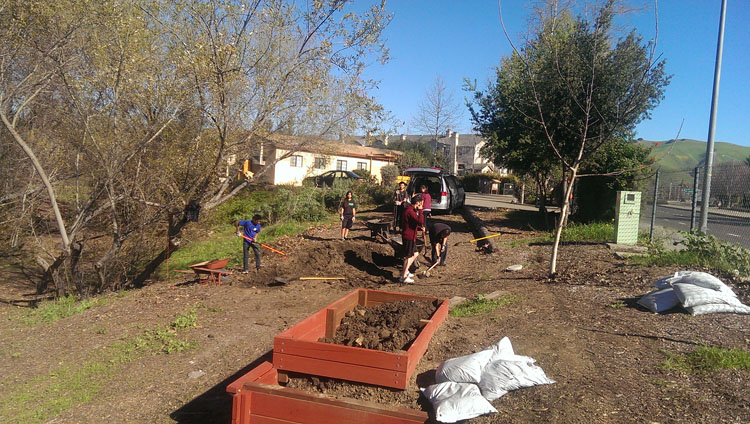 |
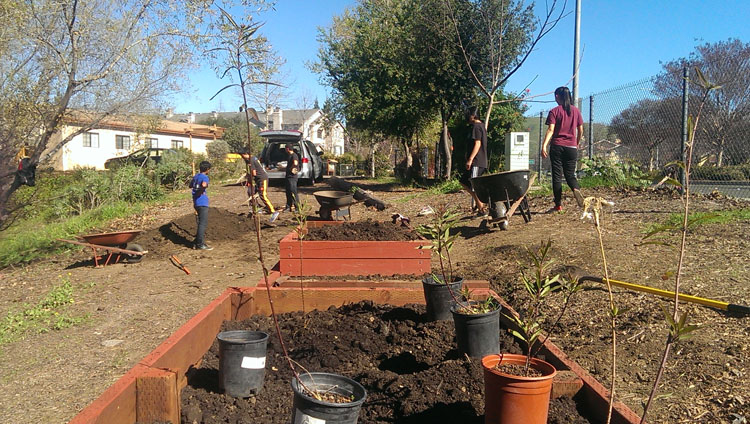 |
| leveling area to get ready to plant | planting milkweek for a finished flower box area |
